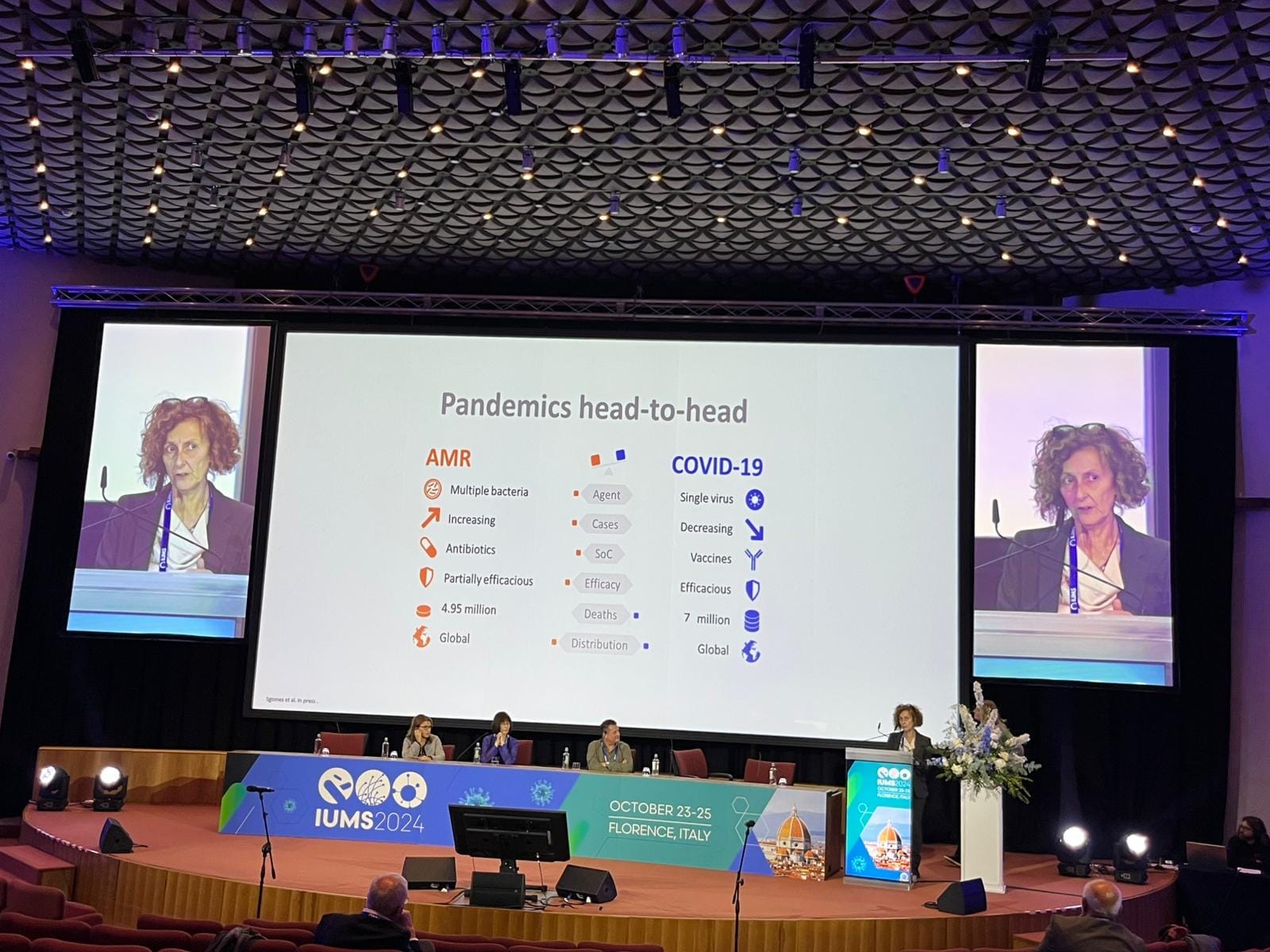Report on Naval Deployment and its Alignment with Sustainable Development Goals
Introduction: Fostering Global Partnerships for Peace (SDG 16 & SDG 17)
A scheduled deployment of Carrier Strike Group Twelve, including the USS Gerald R. Ford and the USS Winston S. Churchill, is currently underway in the U.S. 6th Fleet area of operations. This initiative is designed to bolster regional security and stability, directly contributing to the aims of Sustainable Development Goal 16 (Peace, Justice and Strong Institutions). The port visit of the USS Gerald R. Ford to Marseille underscores the long-standing Franco-American alliance, a critical partnership for achieving global goals as outlined in SDG 17 (Partnerships for the Goals). The deployment’s mission is to support the effectiveness and readiness of naval forces, thereby defending the interests of the U.S. and its allies through a commitment to peace and strong international institutions.
Technological Innovation and Sustainable Infrastructure (SDG 9)
The USS Gerald R. Ford represents a significant investment in advanced technology and resilient infrastructure, aligning with the principles of SDG 9 (Industry, Innovation, and Infrastructure). The vessel is characterized by several key attributes:
- It is the newest and most adaptable aircraft carrier in the U.S. fleet.
- It is the largest aircraft carrier in the world.
- Its design incorporates cutting-edge technology, defining the next generation of naval engagement.
This commitment to innovation demonstrates a forward-looking approach to developing infrastructure that is both effective and adaptable for maintaining global security.
Multinational Cooperation for Institutional Strength (SDG 16 & SDG 17)
The deployment exemplifies the power of multinational cooperation in achieving shared security objectives. The strike group’s recent activities highlight a robust application of SDG 17, strengthening the foundations for peace and justice under SDG 16. The operational timeline included several key collaborations:
- The strike group, including Carrier Air Wing Eight and Destroyer Squadron Two, conducted multi-domain operations in the Atlantic Ocean.
- It transited through the Strait of Gibraltar in cooperation with the Spanish Armada’s ESPS Canarias (F86).
- It operated alongside the Italian Navy’s ITS Spartaco Schergat (F 598).
- It participated in the Neptune Strike 25-2 enhanced vigilance activity, which involved collaboration with nations such as Finland and Greece.
These joint operations are built upon more than 80 years of strategic relationships forged by U.S. Naval Forces Europe-U.S. Naval Forces Africa, leveraging a foundation of shared values to preserve security and stability.
Upholding Regional Stability and Maritime Security (SDG 14 & SDG 16)
The core mission of the deployment is to enhance stability in a critical maritime region. This directly supports global efforts to build peaceful and inclusive societies. The key objectives of the multinational operations contribute to several SDGs:
- Guaranteeing Freedom of Navigation: By securing maritime routes, the deployment helps ensure the safe and sustainable use of the oceans, a principle related to SDG 14 (Life Below Water).
- Enhancing Regional Stability: The presence and collaborative activities of the naval forces are a direct demonstration of a commitment to SDG 16, working to prevent conflict and strengthen institutions.
- Defending Shared Interests: The operations protect the collective security and economic interests of allied and partner nations, reinforcing the global partnerships essential for sustainable development.
The port visit in Marseille serves as a diplomatic and cultural exchange, further strengthening the partnerships necessary to achieve these long-term stability and security goals.
SDGs Addressed in the Article
SDG 16: Peace, Justice and Strong Institutions
- The article focuses on military deployment and international cooperation aimed at maintaining peace and security. Phrases like “defend U.S., Allied and partner interests,” “commitment to peace through strength,” and “enhancing regional stability” directly align with the goal of promoting peaceful societies. The presence of the USS Gerald R. Ford and its strike group in the region is presented as a measure to ensure stability and deter conflict.
SDG 17: Partnerships for the Goals
- The article heavily emphasizes the importance of alliances and multinational cooperation. It explicitly mentions the “Franco-American alliance,” “NATO Allies,” and joint operations with the navies of Finland, Greece, Italy, and Spain. This collaboration, described as a “demonstration of our commitment to guarantee the freedom of navigation,” exemplifies the spirit of partnership to achieve common security goals, which is central to SDG 17.
Specific Targets Identified
SDG 16: Peace, Justice and Strong Institutions
-
Target 16.a: Strengthen relevant national institutions, including through international cooperation, to build capacity at all levels… to prevent violence.
The article describes a multinational effort to “support the warfighting effectiveness, lethality, and readiness of U.S. Naval Forces Europe-Africa.” This is a clear example of international cooperation (with France, Finland, Greece, Italy, Spain) to strengthen security institutions (navies) and build their capacity to prevent conflict and maintain regional stability.
SDG 17: Partnerships for the Goals
-
Target 17.16: Enhance the Global Partnership for Sustainable Development, complemented by multi-stakeholder partnerships that mobilize and share knowledge, expertise, technology and financial resources.
The deployment of Carrier Strike Group Twelve, involving multiple ships, an air wing, and thousands of personnel operating alongside various allied navies, is a direct example of mobilizing resources (ships, technology like the “newest and most adaptable aircraft carrier”), expertise (military personnel), and partnerships (NATO, bilateral alliances) to achieve a shared objective of regional security. -
Target 17.17: Encourage and promote effective public, public-private and civil society partnerships.
The article highlights a large-scale public-public partnership between the governments and naval forces of the United States, France, and other NATO allies. The visit to Marseille and the joint operations like “Neptune Strike 25-2” are tangible outcomes of this effective international partnership.
Indicators for Measuring Progress
For Target 16.a
-
Implied Indicator: Number and scope of joint military exercises and operations.
The article explicitly mentions specific multinational operations, such as the “Neptune Strike enhanced vigilance activity” and “multi-domain strike group operations,” which serve as concrete indicators of cooperation to build security capacity. -
Implied Indicator: Number of countries participating in joint security initiatives.
The text names several participating nations (U.S., France, Finland, Greece, Italy, Spain), indicating the breadth of the security partnership. Counting these participants can measure the scale of cooperation.
For Target 17.16 & 17.17
-
Implied Indicator: Number of active multinational deployments and alliances.
The deployment of “Carrier Strike Group Twelve” on a “scheduled deployment” with allies is a measurable indicator of an active partnership. The article reinforces this by referencing the “Franco-American alliance” and “NATO Allies.” -
Implied Indicator: Qualitative statements of commitment to partnerships.
The quotes from the U.S. Ambassador (“symbolic of the Franco-American alliance”) and the Rear Admiral (“Alongside our NATO Allies, our multinational operations… are a demonstration of our commitment”) serve as qualitative evidence of the strength and promotion of these partnerships.
Summary of Findings
| SDGs | Targets | Indicators |
|---|---|---|
| SDG 16: Peace, Justice and Strong Institutions | 16.a: Strengthen relevant national institutions, including through international cooperation, to build capacity… to prevent violence. |
|
| SDG 17: Partnerships for the Goals |
17.16: Enhance the Global Partnership for Sustainable Development… that mobilize and share knowledge, expertise, technology and financial resources.
17.17: Encourage and promote effective public… partnerships. |
|
Source: navy.mil







